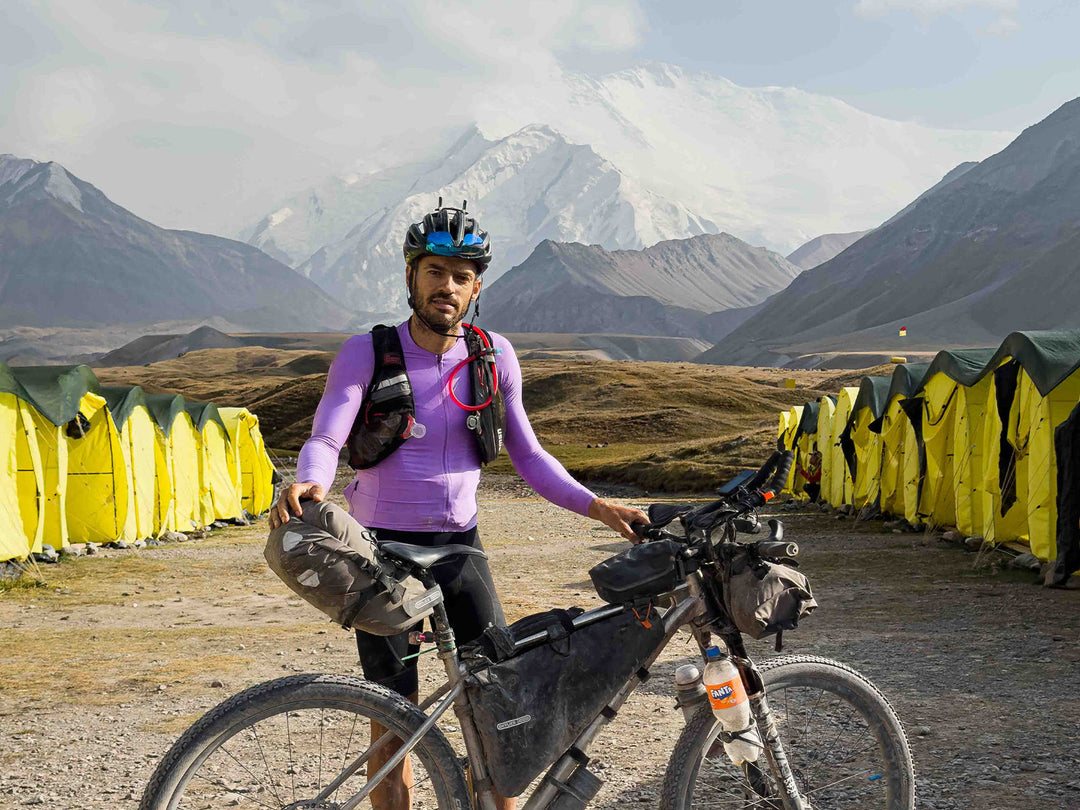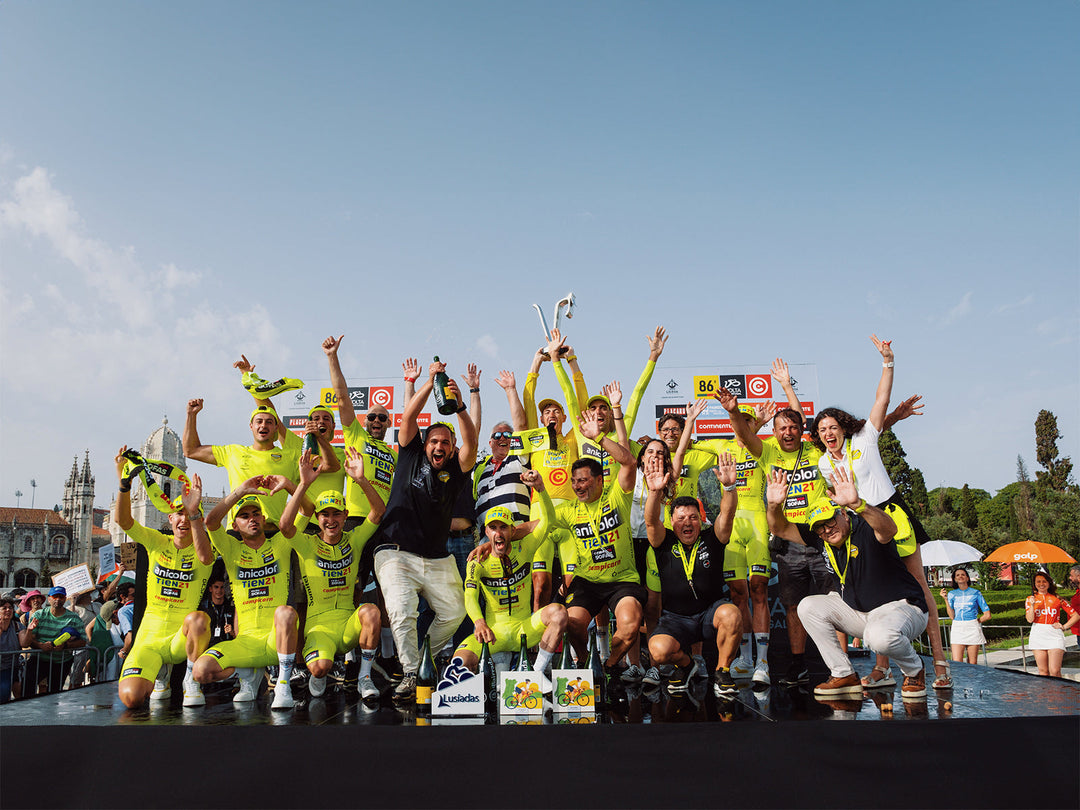STRETCHING TIPS FOR CYCLING

In collaboration with HEBEN CLINIC
Ricardo, physical therapist from CLÍNICA HEBEN, gives us some highly recommended stretching tips for before and after cycling.
Why should you stretch before and after exercising?
This question comes up a lot. It isn’t about doing it before or after. At every moment the objective of the stretching is totally different.
Before exercising, the main objective is to elongate the muscles and tendons, gaining range of motion, which is essential to every sport. This way we can ensure that we have unrestricted motion, reducing the chance of injuries.
After exercising, the main objective is to assist in repairing and restoring muscles and tendons, helping the body to eliminate waste products and improve blood and nutrient supply to the muscle, promoting the recovery process.
In cycling stretches, it is important to progress from less to more, maintain the positions for 15 to 30 seconds, look closely for the specific tension of each zone, avoid compensations and keep breathing relaxed to help better oxygenate the tissues.
Benefits of stretching
- Improves range of motion
- Reduces fatigue
- Reduces muscle pain after exercise
- Increases power
Added benefits.
Along with these benefits, a regular stretching programme will help you improve your posture and get to know your body, improve coordination and circulation, increase energy and relaxation, and release stress.
TYPES OF STRECHES:
HAMSTRING STRETCHING
They give continuity to the push that the glutes initiate and, together with the quadriceps, they take the pedal to its lowest point.
With the palms of the hand and the heels touching the ground, moving the pelvis in anteversion (sticking out the butt) so that the ischium moves back and creates more tension. If we are not able to stretch our knees in this position, it is preferable to keep them bent, but continue in anteversion.

QUADRICEPS STRETCHING
They finish pushing the foot toward the pedal as they perform the knee extension. To stretch them correctly it is important to keep your knees together (we put more tension on the vastus lateralis) and to retrovert the pelvis (tighten the behind). In this way the rectus femoris is stretched more.

PSOAS STRETCHING
Together with the rectus femoris of the quadriceps, it performs an upward knee lift (hip flexion) at the restart of the pedalling cycle.
As it originates in the anterior face of the lumbar vertebrae, it also keeps the trunk flexed forwards (the more bent over we are, the more it has to work), therefore, we have a double reason to stretch it.

STRETCHING OF THE GLUTES AND PELVIC REGION
Essential in transmitting force to the pedal and granting good motion to the cranks.
We are speaking in plurals, as there are many of them (maximus, medius and minimus) and they work with those other pelvic muscles. For this reason, when stretching, it is advisable to change the rotation of the hip using the position of the knee to relieve tension from the entire pelvic region.


CALF STRETCHING
Approximately halfway through the knee extension phase, the sural triceps (calves + soleus) points the foot and relaunches the pedal to start the cycle again.
To separate and stretch both muscles, we will perform the ankle flexion with a knee stretched for the calf and with a knee flexed and greater ankle flexion for the soleus.
We can take advantage of the position and make it more complete including the peroneus muscles and the posterior tibial tendon. We only have to play with the foot taking it to the pronation position (sinking the arch) and to the supination position (raising it).

More interesting stories:










Leave a comment